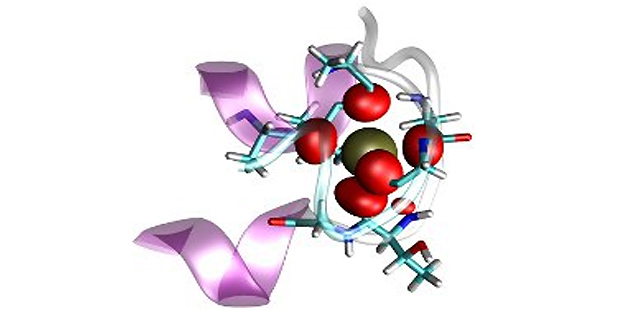How do biological molecules distinguish between ions?
Although critical in biology, telling potassium from sodium is harder than you think!
Project status
Content navigation
About

Although critical in biology, telling potassium from sodium is harder than you think!
Many biological molecules, including channels, transporters, enzymes, macrocycles and DNA selectively bind or transport ions. But how exactly can they distinguish between potassium, sodium, calcium, chloride or the other ions found in the body? Although such ion selectivity is critical to the function of most such molecules, the physical mechanisms by which it arises are not well understood. While we are particularly interested in understanding the origins of ion selectivity in biological channels, many of the principles involved in these proteins apply in other cases as well. By comparing the results of detailed simulations in a range of different ion channels we are hoping not only to explain selectivity in each particular case, but also to gain an appreciation of the many ways selective binding can arise and the conditions in which each is important. Although fundamental in nature, this research helps to explain the functioning of a number of critical molecules in human biology and lays the foundation for future innovation in biomedical and materials research.

